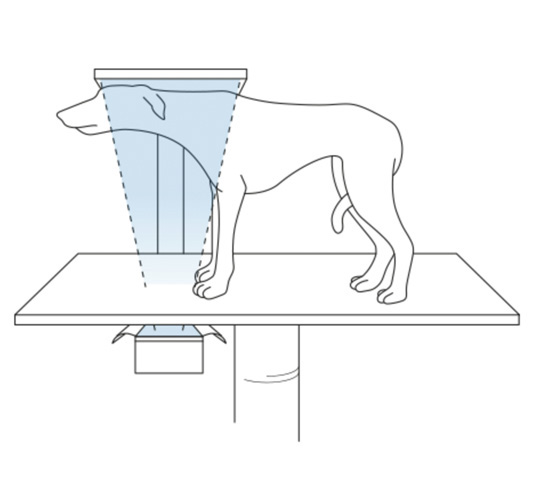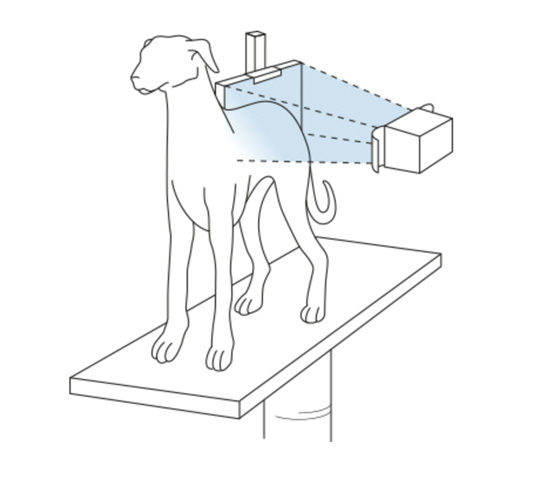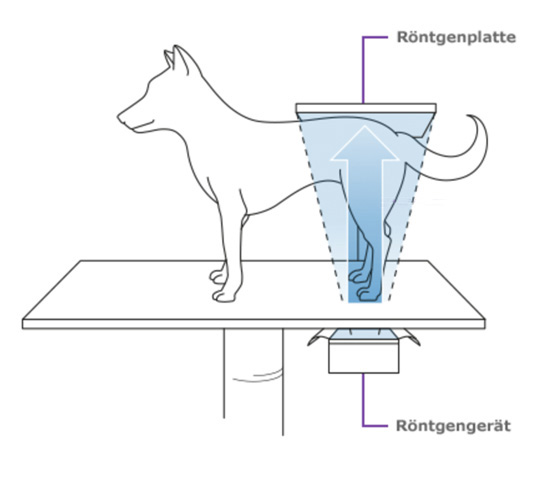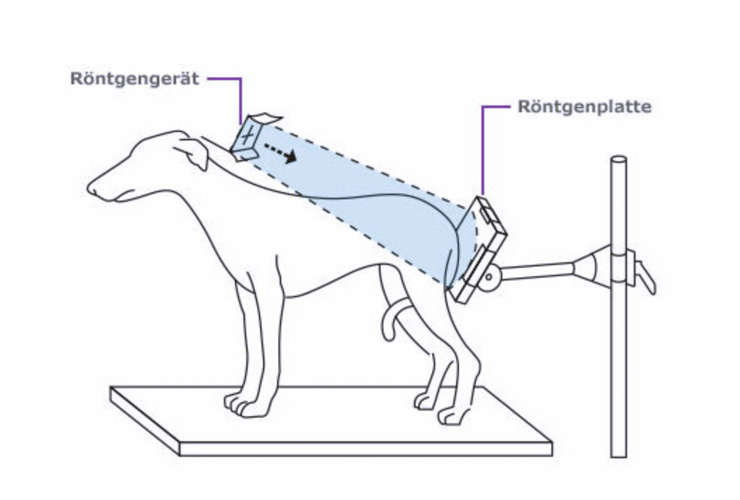Unlocking Canine Biomechanics
Exploring Orthopedics, Dynamic Radiology, and Motion Analysis in Dogs
Canine biomechanics: Understanding Orthopaedics, Motion Patterns, and Research
Canine biomechanics is a fascinating realm where science unveils the intricate workings of a dog’s musculoskeletal system. It’s a field that not only delves into the mechanics of individual joints but also comprehends the functionality of regional orthopedic segments, such as the forelimb.
Imagine a symphony of movements in a dog’s shoulder limb – an orchestra composed of joints, tendons, and muscles working in harmony. Canine biomechanics seeks to understand this symphony, deciphering how each joint and component contributes to the overall performance of the shoulder limb. It’s the study of how these dynamic elements collaborate to create fluid and efficient motion.
In the composite of this video, you’ll witness the transformative power of biomechanics. You’ll see how a joint dysfunction within the shoulder limb, or more precisely, two joints, can be rectified through optimal prophylaxis and preventive treatments. Conversely, in dogs where such prophylactic intervention is absent, you’ll observe the ripple effect leading to conditions like osteoarthritis.
At the intersection of science and movement lies the heart of canine orthopedics. Biomechanics not only enhances our understanding of musculoskeletal dynamics but also plays a pivotal role in early detection, prevention, and treatment of orthopedic ailments. It empowers us to intervene proactively, ensuring our four-legged companions enjoy a life filled with vitality and comfort.
Dynamic Radiology:
Dynamic radiology plays a pivotal role in diagnostics, focusing on X-ray imaging while the dog is in a standing position. The cervical spine, in particular, is of great significance.
Standing position

From below

Limb from the side

Limb from below

Standing tangential position

Standing tangential position

Radiological Evaluation of X-Ray Images
I am frequently asked to evaluate X-ray images and assess a dog’s orthopedic issues. It’s essential to understand that an X-ray image alone does not tell the whole story.
To assess an X-ray image properly and relate it to a dog’s clinical symptoms, it necessitates both orthopedic and neurological examinations, along with an evaluation of the dog’s gait. Without these prerequisites, interpreting an X-ray image lacks credibility.
I kindly ask for your understanding that I cannot provide responses to inquiries solely regarding X-ray image evaluation and potential clinical-orthopedic problems in your dog.
Assessing Gait in Video Sequences
The same principles apply when evaluating video sequences sent for analysis. Additionally, most sequences overlook the ground surface conditions. Please understand that assessing a video sequence without orthopedic and neurological examinations can only lead to speculations and will not be evaluated by me.
Contact Us
For inquiries regarding our biomechanical research or orthopedic assessments, please feel free to reach out. We’re dedicated to advancing the field of canine orthopedics through the lens of biomechanics, fostering healthier, happier lives for our canine companions.
Join Our Canine Community! 🐾
We would love for you to become part of our growing dog exercise centre community. Follow us on social media to stay up to date, benefit from informative posts and tips, and stay in touch. Together we are committed to the health and well-being of our four-legged friends. Join us and share your love for dogs!
